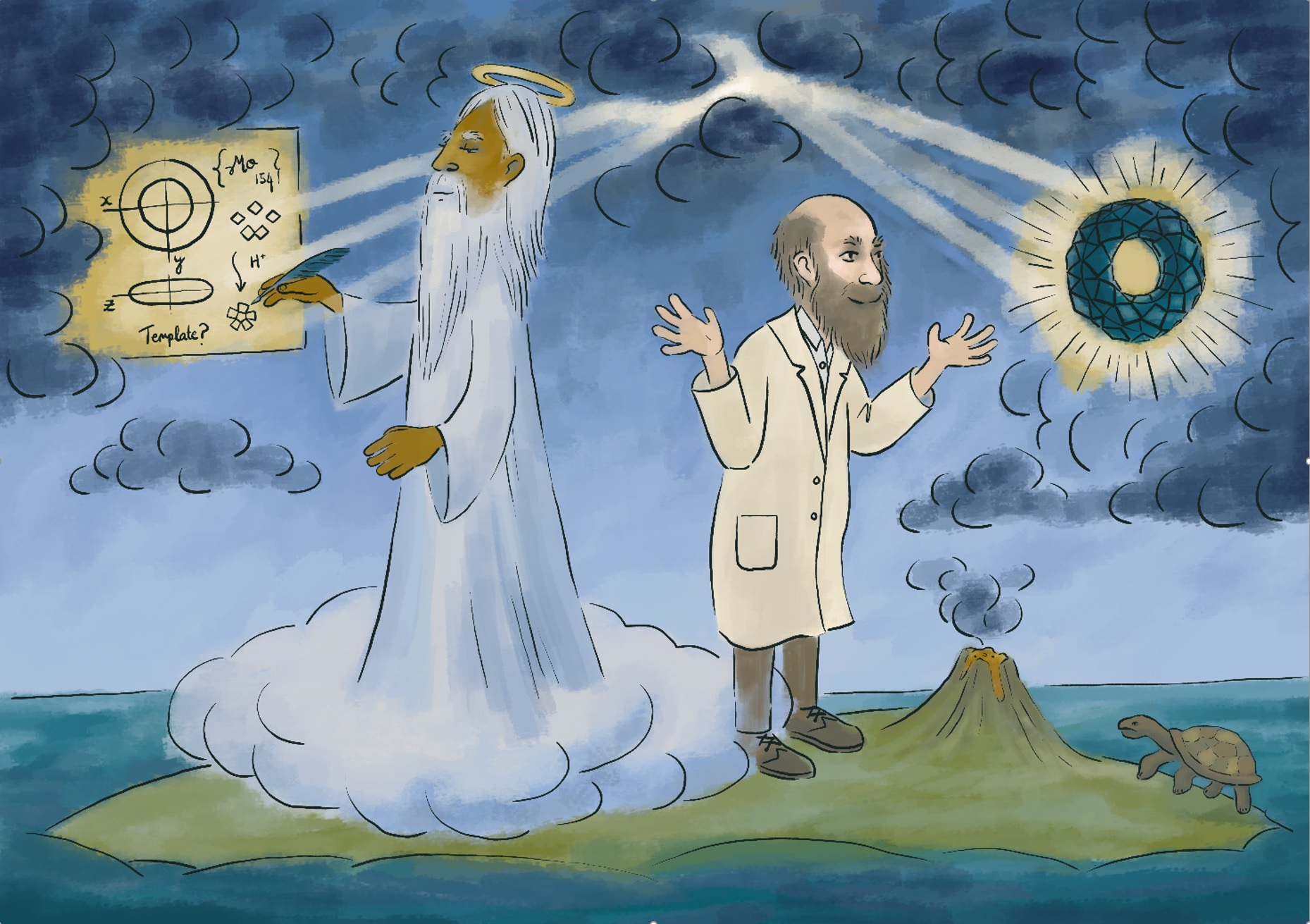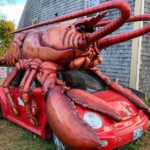By Lee Cronin (University of Glasgow)
Cite as: Cronin, L. (2022) “Finding Life, the Universal Way”. Primordial Scoop, e20220416. https://doi.org/10.52400/ZIOC6448
If you flip a coin once you have a 50:50 chance of getting a ‘heads’ or a ‘tails’ (p = 0.5 or one in two), but what about two ‘heads’ in a row (p = 0.25 or one in four) but what about 18 heads in row? This is one in ca. 1 million and 76 heads in a row only will occur by chance 1 in 1023 flips. Basically, trying to get 76 heads in a row would require you to flip the coin around ‘a moles worth’ of times. That’s a lot.
It is very easy to go looking for life in the universe using simple probabilistic arguments like the one above. But before we discuss this, we might first frame our question. I like to pose the emergence of life as a sand-to-cells type problem. Put another way, how did evolution start so sand literally could be transformed into living cells? But what are living cells? What is life? A key issue is that if you ask 10 people to define life you get at least 102 answers as a point-by-point list of vital characteristics. This narrative does not lend itself to a well contained probabilistic argument.
Can we define life by a unique thing that all living things seem to do without exception? I think this is easy. Living systems have the unique ability to make complex objects in abundance. If we focus on molecules, it appears that living systems can make molecules so complex that they could not possibly form by chance but how can we robustly demonstrate this?
To rank how complex a molecule is, we had to develop a new approach to counting molecular complexity that is intrinsic to the molecule, and not dependent on any external labelling scheme. We did this by imagining how we could use a machine called a mass spectrometer. A mass spectrometer can weigh the molecule and tell you how many unique parts it has, and with a suitable column, it is possible to count the total number of molecules or their relative abundance.
To rank the complexity, we reasoned that I could cut the molecule into parts using a pair of scissors, a bit like cutting up a book which in turn would allow me to see how could I reassemble the molecule or the pieces of the book after they were broken? Could this thought experiment allow us to count the number of unique parts? Could counting the number of unique parts be a good way to measure, experimentally, the complexity of a molecule? Could there be molecules that are so complex they can only be made by life? Could molecular complexity be the way to universally define and find life? With my team and my collaborator, Sara Walker and her team at ASU, we explored chemical databases and determined the complexity of several million molecules using an algorithm we wrote based on the theory.
Theories are only good if they lead to a conceptual framework that can help with understanding and prediction, so a key test of this idea would be if molecular complexity could be experimentally measured. Put simply, our thesis was to ask if it is possible to detect when molecules are complex and were made by a process that needed evolution. To do these two things are needed. First the molecules must be complex, and second, the molecules must occur in large numbers. The copy number is important since you could easily imagine finding a single complex molecule ‘by chance’. But what about 10,000 identical copies of the complex molecule?
By fingerprinting molecules found on all over the earth and outer space we were able to show that molecules with less that 15 unique parts could form by chance, but molecules with more than 15 unique parts could only be produced by biology or technology. This started to show how assembly theory can be used to uniquely fingerprint molecules and assign the probability of the molecule being produced by life or not.
Assembly theory tells us if something has causal power or been the result of a system with causal power. Processes that can react in non-trivial ways in the environment are seen to have causal power. They don’t just follow the path to the lowest energy, decisions are made, the behaviour of objects under causal power are not random, nor trivially predictable, but something in between. The amount of causal power we call ‘Assemblieness’. This quantity is a function of the complexity of the object (how many unique parts it can be broken into) and the copy number of the object (how many identical copies there are). This means that the more complex the object and the more copies there are, the more causal power has gone into producing the object. We are only just getting to grips with this new view on the universe. This view tells us that complex objects that are formed in abundance have had a rich causal history. Think about the steps to produce an iPhone. If you found an iPhone you could infer that it was designed, produced in a factory, that it has several million different elements, many chips, and each chip has a lineage.
Can detecting a complex molecule in a mass spectrometer hold the key to understanding the universal signature of life? How easy will it be to convince the community of this approach? A key issue that many chemists assume that complex molecules can spontaneously form for free. This only possible in very rare situations producing one molecule that can not be detected. To understand this, we need to go back to the coin flipping argument. You are going to have to flip a lot of coins, and then only make one copy of the molecule. The possibility to make complex molecules is not innate in the universe, there are no magic kinetic pathways. This means, if you go and check for complex molecules around the solar system and you find something you will be sure to say that life was there for sure.
See: www.molecular-assembly.com
For further discussion of this topic on our blog visit:
Grave Expectations by David Grinspoon
The Problem with Agnostic Biosignatures by Carol Cleland
But We Have More Than One Example… by Steven Benner



